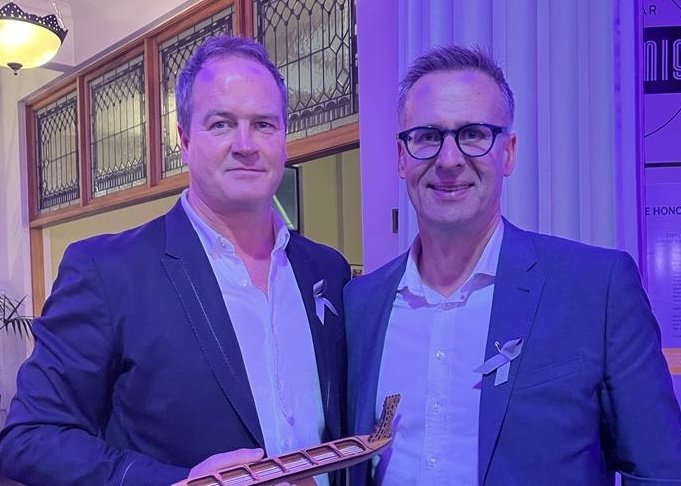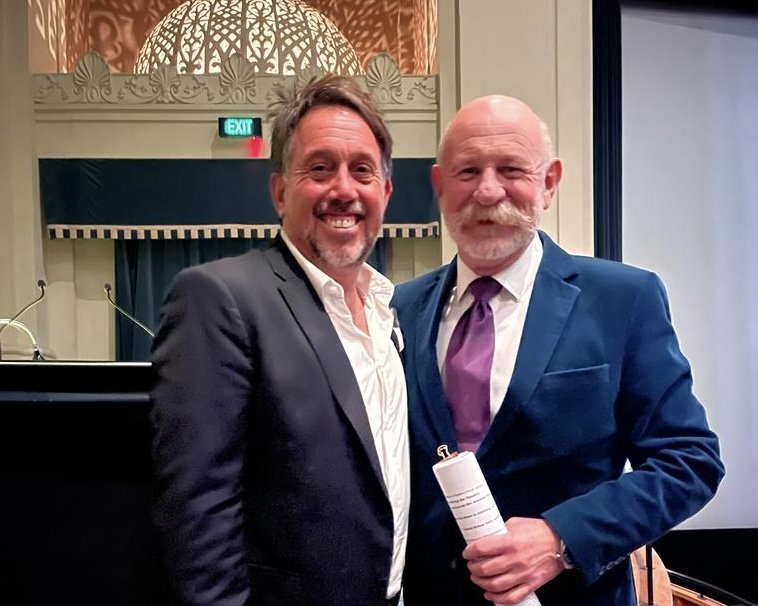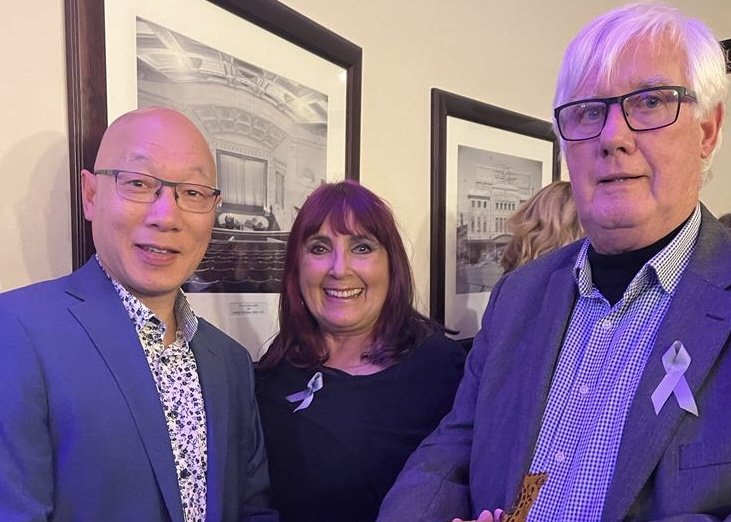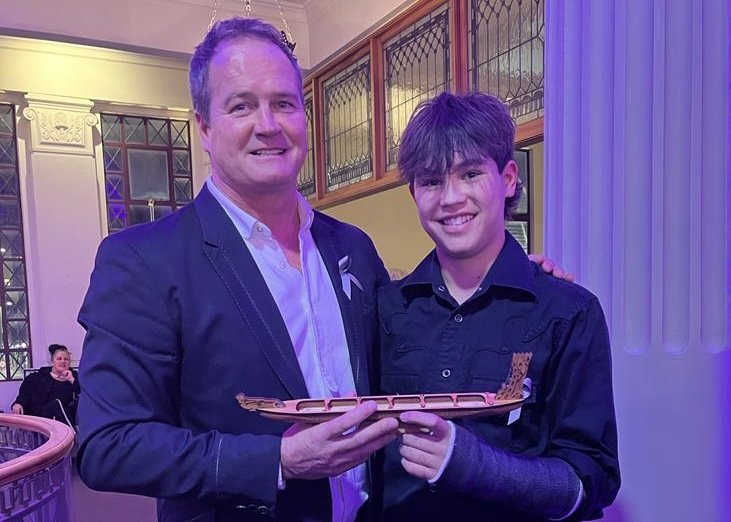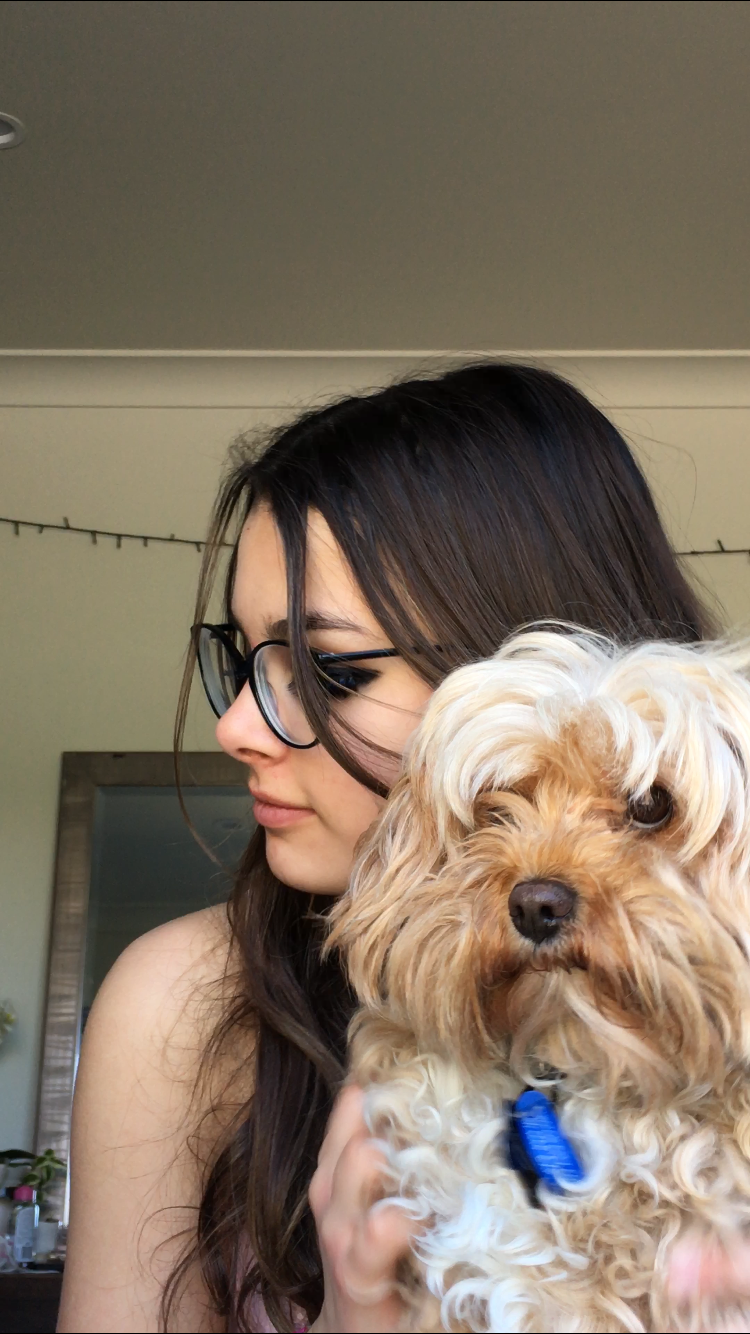First DIPG drug trial opens in New Zealand
-
Dun Lab publish preclinical findings that brought international DIPG/DMG clinical trial, first to Australia. And now open in New Zealand (with NZ kids enrolled and participating).
-
“ONC201 in combination with Paxalisib for the treatment of H3K27-altered diffuse midline glioma”
The Cancer Signalling Research Group, led by Prof Matt Dun at the University of Newcastle have published their findings revealing the mechanisms controlling response to the promising oral therapy ‘ONC201’ in the journal ‘Cancer Research’.
ONC201 is currently being investigated in 12 clinical trials worldwide, across many cancer types, the one of great interest to the RUN DIPG community being ‘PNOC022’ – ‘Combination Therapy for the Treatment of Diffuse Midline Glioma’.
Opening in Australia in 2022, the preclinical data generated by the Dun Lab following Josie Dun’s diagnosis in 2018 formed the main body of evidence supporting the use of the experimental therapies for DIPG/DMG patients.
Using cell lines derived from DMG patient tumour samples (each with different genetic features), the Cancer Signalling Research Group (CSRG) assessed how each tumour type responded to ONC201. Noticing a subset of samples on which ONC201 had little or no effect, Prof Dun and CSRG set about evaluating the mutations/gene alterations of the resistant samples to understand the cause.
The Dun Lab found that some genetic features were predictive of response to ONC201, while also corroborating a molecular target of ONC201 as a ‘ClpP agonist’, affecting the cells’ metabolism machinery – the mitochondria. Using ‘high-resolution quantitative proteomic profiling’ the group evaluated the proteins present within ONC201-treated samples, finding disruption to proteins associated with the tumour cells’ energy systems. Importantly, in response to this disturbance in metabolism, proteins controlling the ‘PI3K’ cell signalling pathway (promoting cell growth) were found to be upregulated, identifying a mechanism by which DMG cells can continue to grow despite ONC201’s anti-cancer effect.
Finding that ONC201 treatment resulted in up-regulation of the PI3K signalling pathway was surprising, particularly as Prof Dun and the team were concurrently evaluating an additional drug in DMG – ‘Paxalisib’, which happened to be a ‘PI3K inhibitor’ i.e. combats the mechanism identified as controlling resistance to ONC201!
At the time, Paxalisib was already in clinical trials as a monotherapy. Prof Dun and the team used their DMG models to test the effect of the drugs in combination (ONC201 + Paxalisib), finding them beneficial and safe, prompting the approach be progressed to clinical trial evaluation.
As is reported in the paper, ONC201 appears to be extending survival of patients with DMG – included in the paper are case studies outlining the response of children on the combination, including a reduction in tumour size. As more data becomes available (through PNOC022), the extent of benefit will be clearer.
Specialist techniques of the Dun Lab have revealed how two emerging therapies exert their anti-cancer effect, particularly, the mechanisms controlling whether a patient responds, and the benefits of using them in combination. Prof Dun and CSRG are continuing to study these drugs in lab-based DMG models to gain a greater understanding of how to improve the number of people who respond, or the length/robustness of response a patient might experience.
To move bench side findings to clinical trial within 5 years is an exceptional achievement in discovery science – made possible thanks to the unwavering support of RUN DIPG and their community, and for that Prof Dun and the University of Newcastle team are immensely thankful.
-
The full paper of the combination therapy: ONC201 with Paxalisib for the treatment of H3K27-Altered Diffuse Midline Glioma.
PNOC022 information on the Pacific Pediatric Neuro-Oncology Consortium (PNOC) website.
So, where’d all the money go?
-
I think it’s pretty important to give an update about where the dollars went. Around 7,000 individual donations were made. All in good faith that the amount would be put to good use.
I was interested to know what the money unlocked too! We didn’t go into the raise with a certain purchase in mind. As y’all know, we just started and the momentum carried us through.
So here’s what the team purchased, and the benefit in real terms for moving towards finding a cure to DIPG.
-
The Wish Lab is the first dedicated DIPG cell biology research facility at the University of Newcastle (UON) and the Hunter Medical Research Institute (HMRI).
This space will expand the number of DIPG cell cultures, and increase the number of staff and students able to simultaneously work on DIPG biology.
It provides a bespoke space to process patient DIPG tumour tissue donations, enhancing capabilities to develop immortalised patient derived cell lines to study.
-
The collective donation from Jemima’s Wish campaign also purchased robotic drug testing technology — now called the JEM-Bot.
The high-throughput drug screening robot will expand the number of drugs and DIPG cell lines can be tested each year, within the Wish Lab.
With these new capabilities the team at UON will be able to screen 528 drug combination using 20 different DIPG and control cell lines without error each year.
For context; over the last 3 years, on average 80 drug combinations on 10 different DIPG and control cell lines were performed. However, these experiments were extremely challenging, laborious and time-consuming for the team. On top of that, 15 to 20% of the tests ended in error and needed to be repeated.
The high-throughput screen uses significantly less cells due to the ability to work in extremely small volumes with precision accuracy, saving time and money.
The JEM-Bot will also facilitate the testing of treatments on newly donated biopsies or autopsy tissue much sooner and yield results more quickly and accurately.
The high-throughput drug screening platform will allow for the testing of more sophisticated treatment paradigms, including double and triple drug combinations. As well as staggered and/or incremental dosing profiles and help us to determine a response more accurately.
The system will enable the team to understand whether current or future drugs used in clinical trials will have a benefit to the patient, or whether an alternative approach should be employed.
-
The JEM-Bot has features yet to be unlocked. We continue to raise money for this purpose.
Blog content
Spirit of Wellington award
-
A new award was added to the Wellingtonian of the Year ceremony to celebrate a person who personified The Spirit of Wellington.
This award was posthumously given to Jemima Gazley. The teenager who raised hundreds of thousands of dollars for paediatric brain cancer, and donated her brain stem and cancer tissue to medical research.
Before her death, at age 15, Gazley said: “If I can’t be cured, I can be the cure.”
In attendance and accepting the award on behalf of Ray and Oliver, was close family friend, Paul McArthur, accompanied by Myles Gazley (Uncle) and Edward Wilkinson (cousin).
-
“As parents we wish our children on to great things. That they might outstrip us in their achievements and contribution to the world.
Jemima’s stated wish was to change the world for kids diagnosed with DIPG in the form of effective treatments and eventually a cure.
The final acts of her life were so touchingly captured on her Give-a-Little page by “Damien” who donated $50 to Jems raise in 2021 when he wrote:
“I don’t know you, but I will always remember your name.
If only we could all be so brave and selfless when facing our own mortality.
Your life will be shorter than you deserve,
But the legacy of your existence will dwarf that of many who had the fortune of living long lives.
Your humility and selflessness epitomise the most noble aspects of humanity and provide a sterling example to all.”
Her incredible journey inspires and humbles us, giving relief in the depths of grief. Can you imagine a 15 year old facing all those conversations so boldly, selflessly, and without any hesitation.
Thank you again, Wellington, for this deeply appreciated award.”
Video created out of existing footage supplied by family, and played at the awards evening on Thursday 12th May, 2022.
